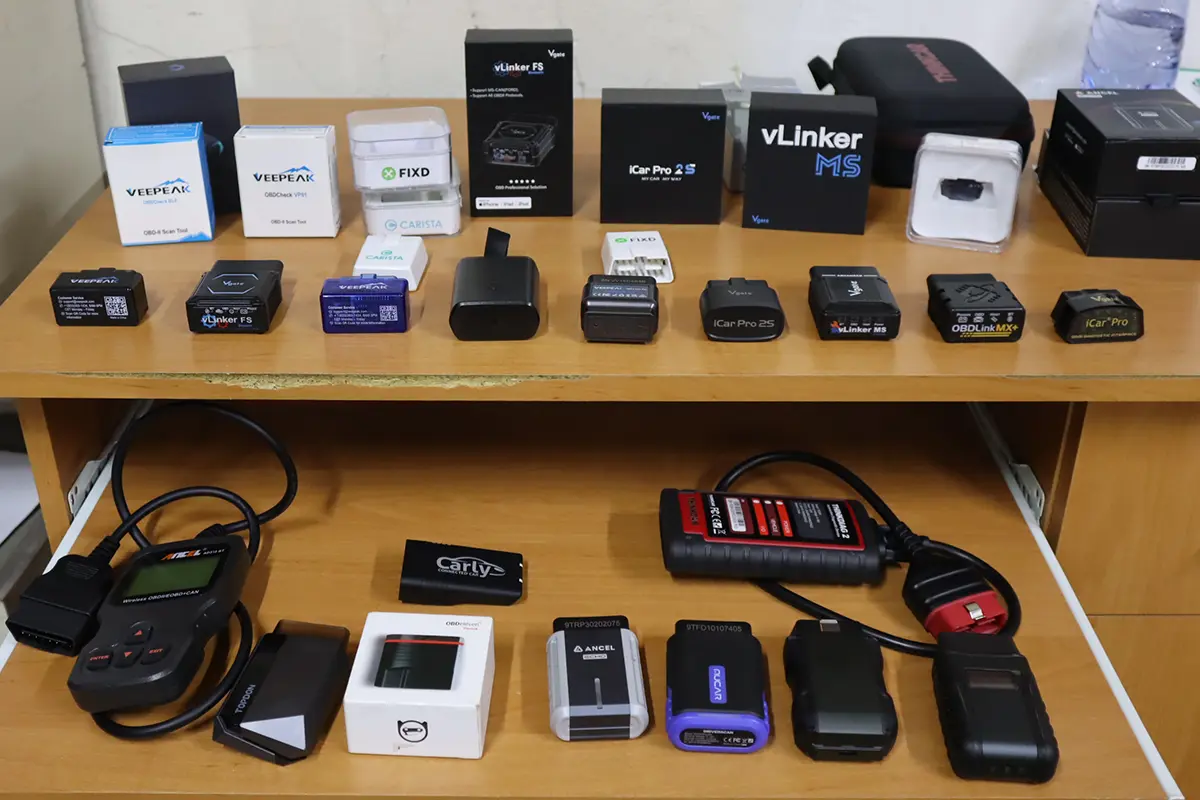The P2504: Charging System Voltage High code indicates that the charging system voltage is higher than the acceptable range. This condition can result from a malfunctioning alternator or a faulty voltage regulator, as well as wiring or connector issues. Excessively high voltage can lead to overcharging of the battery, which can damage the battery and other electrical components in the vehicle.
P2504 – Quick Overview
| Code | Information |
|---|---|
| Meaning | P2504: Charging System Voltage High |
| Is it serious? | Yes, high charging voltage can cause overcharging, leading to battery damage, electrical system failures, or even potential safety hazards. |
| Possible causes | – Charging system voltage is too high – Faulty alternator – Faulty voltage regulator – Wiring or connector issues |
| How to diagnose? | – Measure the charging system voltage – Test the alternator and voltage regulator – Inspect wiring and connectors for issues – Replace faulty components if needed |
P2504 Meaning
The P2504: Charging System Voltage High code means that the charging system is producing more voltage than what is considered safe. This can be due to a defective alternator that produces excessive output, a malfunctioning voltage regulator that fails to control the voltage correctly, or issues with the wiring and connectors. High voltage in the charging system can damage the battery and other electronic components, leading to significant problems if not corrected.
Step-by-step diagnostic guide
| Action | Description | Tools Needed |
|---|---|---|
| Check for Other Codes | Use an OBD-II scanner to determine if there are any additional related codes that could indicate other issues within the charging system. | OBD-II Scanner |
| Measure Charging System Voltage | With the engine running, use a multimeter to measure the voltage at the battery terminals. The voltage should typically be between 13.5 to 14.7 volts. If the voltage is higher, it indicates an overcharging condition. | Multimeter |
| Inspect the Alternator | Visually inspect the alternator for any signs of physical damage or overheating. Ensure that it is installed securely and there are no loose connections. | Flashlight, Safety Gloves |
| Test the Alternator Output | Use a voltmeter to measure the alternator’s output. If the alternator is producing too high a voltage, this suggests that it may be defective and needs replacement. | Voltmeter |
| Test the Voltage Regulator | The voltage regulator is responsible for controlling the alternator’s output voltage. Use a diagnostic tool to test the voltage regulator. A faulty regulator may allow the alternator to overcharge. | Multimeter, Diagnostic Tool |
| Inspect Wiring and Connectors | Inspect all wiring and connectors between the alternator, voltage regulator, and battery for damage, corrosion, or loose connections. Faulty wiring can cause incorrect voltage regulation. Repair or replace as needed. | Flashlight, Multimeter |
| Perform a Wiggle Test | Perform a wiggle test by gently moving the wires while monitoring the voltage readings. This helps detect any loose or intermittent connections that could lead to overcharging. | OBD-II Scanner, Flashlight |
| Check Battery Condition | Ensure that the battery is in good condition. A failing battery may contribute to charging system issues and give false overcharge readings. | Battery Load Tester |
| Replace Faulty Components | If the alternator, voltage regulator, or wiring is found to be faulty, replace the components to prevent overcharging and maintain proper voltage levels. | Replacement Alternator or Voltage Regulator, Tools Set |
| Clear the Code and Test Drive | Clear the P2504 code using an OBD-II scanner and take the vehicle for a test drive. Monitor the charging system voltage to ensure that the overcharging condition has been corrected. | OBD-II Scanner, Vehicle Owner’s Manual |
| Recheck for Codes | After the test drive, re-scan the vehicle to verify that the P2504 code has not returned. If the code reappears, further diagnostic steps are necessary. | OBD-II Scanner |

OBD-II scanner Buyer’s Guide
- Scanner features explained
- Different types of scanners
- Scanners for coding/odometer/ECU/checks
- Best picks + discount codes
I test OBD-II scanners and make DIY Engine diagnostics guides to help you solve your car problems without having to depend on the mechanic. A lot of them will try to scam you or are just no help at all. About Juraj Lukacko